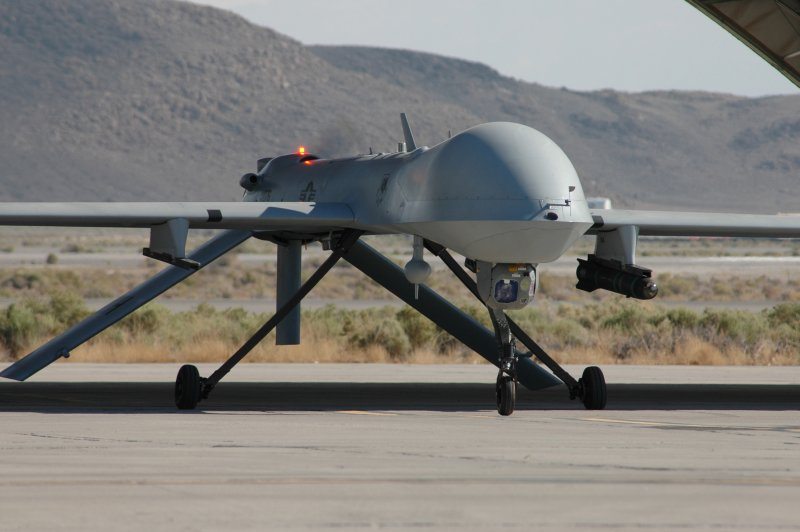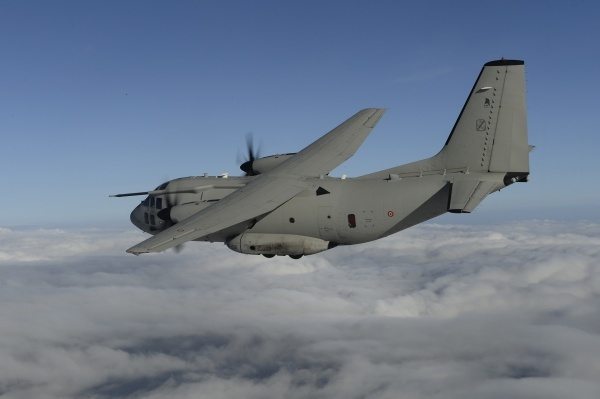KANDAHAR AIRFIELD, Afghanistan: An MQ-1 Predator assigned here recently became the first Predator to pass 20,000 flying hours over Afghanistan, a feat equivalent to flying 15 hours every other day, for 2,667 days.
While the Predator remotely piloted aircraft program surpassed one million hours of total development, test, training and combat in August 2011, this is the first airframe to accumulate 20,000 flying hours individually.
“Reaching this milestone is significant, but what’s more special are the missions we enable every day,” said Lt. Col. Russ Garner, 62nd Expeditionary Reconnaissance Squadron commander. ”
Maintainers are the key to enabling a single airframe to reach so many hours, Garner said. Maintenance keeps the aircraft flying, especially through the extreme weather in Afghanistan, he added.
“Without maintainers we couldn’t reach this milestone, let alone get in the air,” the squadron commander said. “This achievement is really a tribute to our maintainers.”
A team of military and civilian personnel maintain and repair the aircraft.
The mission of the 62nd ERS is to provide launch and recovery for RPA assigned to the 451st Air Expeditionary Wing here.
“With only two percent of the RPA aircrew [in the career field deployed here], we’re enabling 98 percent of the mission,” Garner said. “During their deployment there are no days off for the crew, while they set an unbelievable operations tempo.”
The MQ-1 and MQ-9 Reaper are assigned to the squadron and conduct intelligence, surveillance, and reconnaissance, and close-air support missions in support of Operation Enduring Freedom. The aircraft are operated by Airmen with the 62nd ERS, U.S. crews located stateside and Royal Air Force crews in the United Kingdom.










